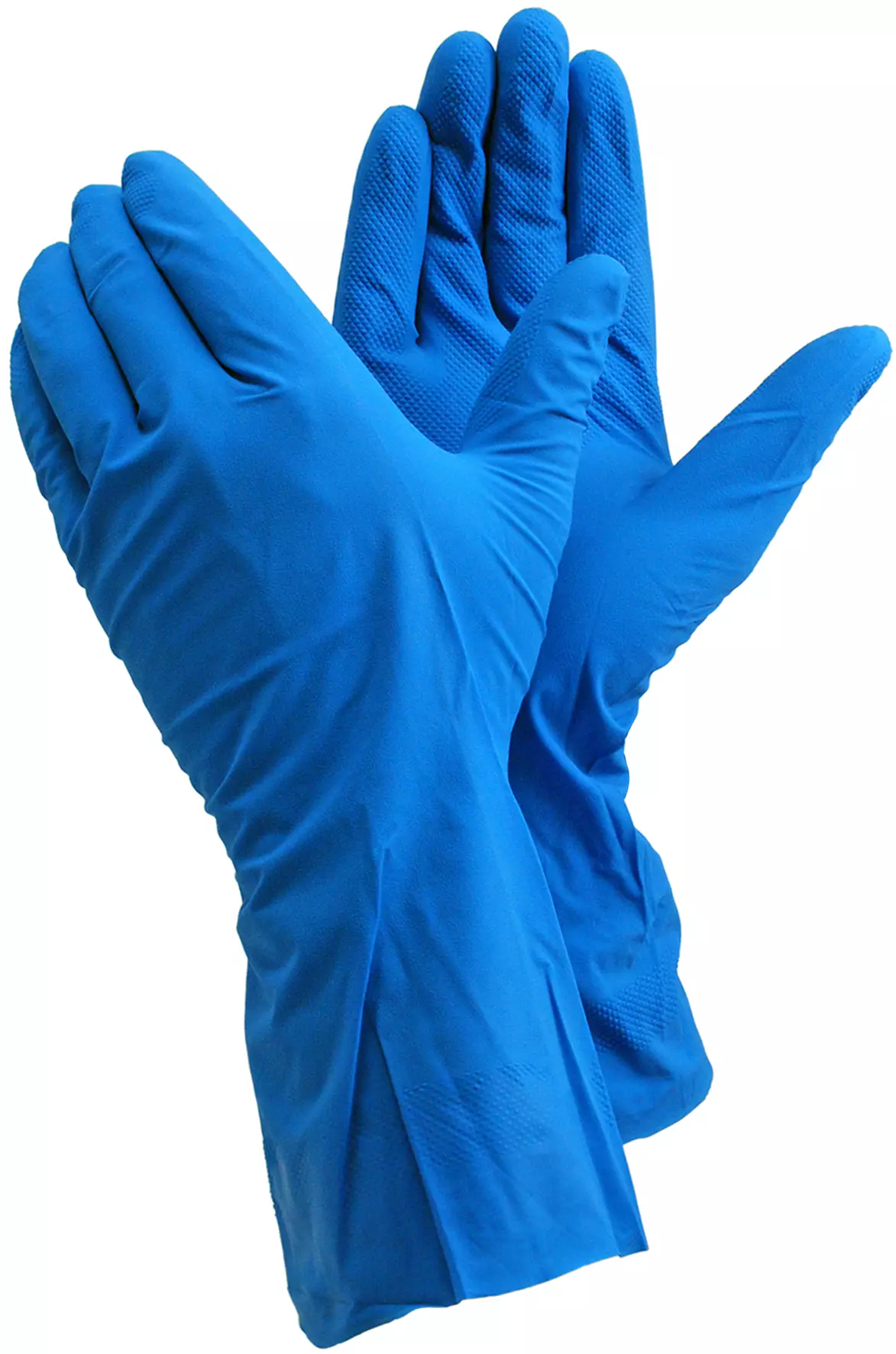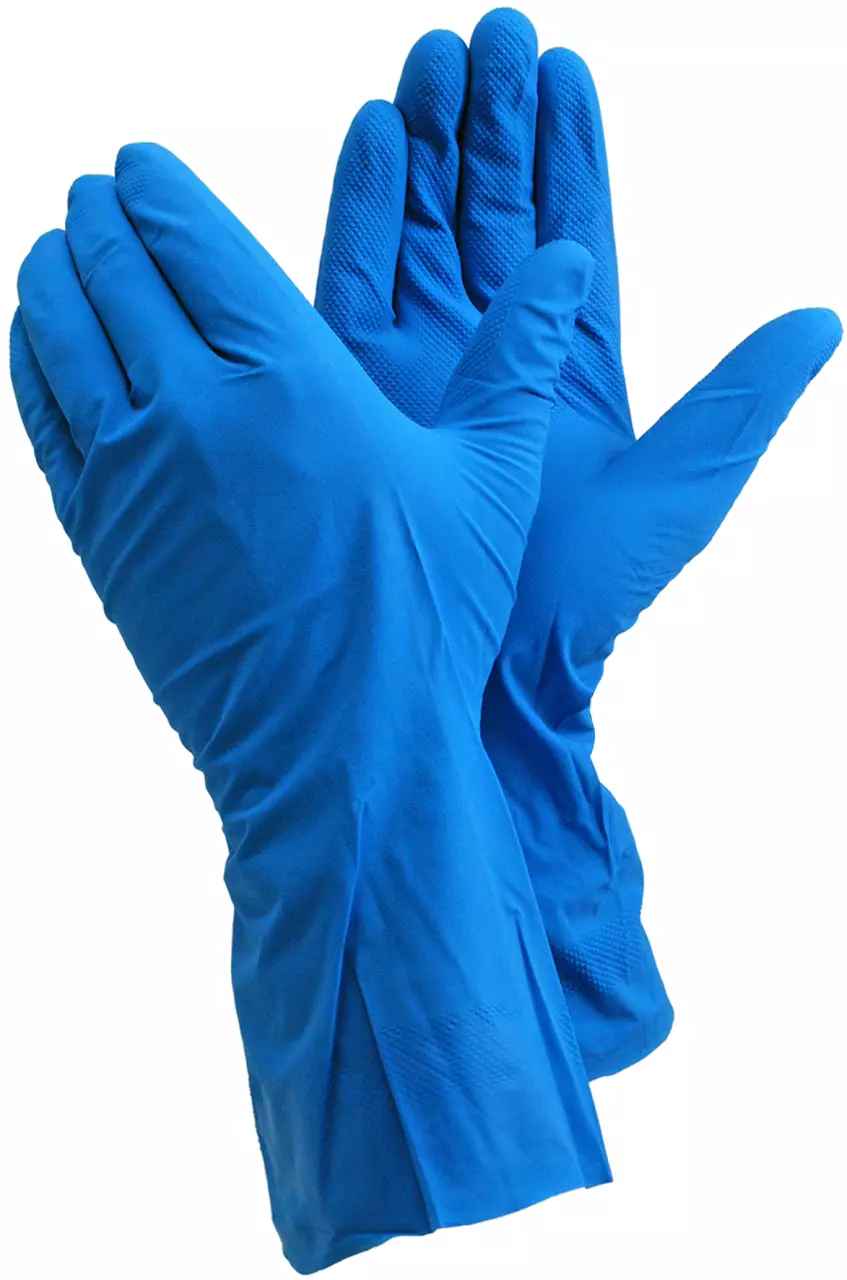
Features You'll Love

Palm Material · Nitrile
The material used on the palm side of the glove, affecting grip, durability, protection level, and comfort during use.

Cuff Style · Open
Determines how the glove secures around the wrist, affecting fit, protection from debris, and ease of putting gloves on and taking them off.
Tegera
Chemical Protective Glove 184A, 10 pairs
Chemical Protective Glove 184A, 10 pairs
4.7 / 5
30,66 €
Price per 10 pairs
3,07 € / pair
Choose size
Shipping fee is 7,94 € for orders under 80,00 €
Features You'll Love

Palm Material · Nitrile
The material used on the palm side of the glove, affecting grip, durability, protection level, and comfort during use.

Cuff Style · Open
Determines how the glove secures around the wrist, affecting fit, protection from debris, and ease of putting gloves on and taking them off.
Product description
TEGERA® 184A, Chemical protection glove, 0,21 mm nitrile, Cat. III, approved for food use, pair-packed, does not contain latex